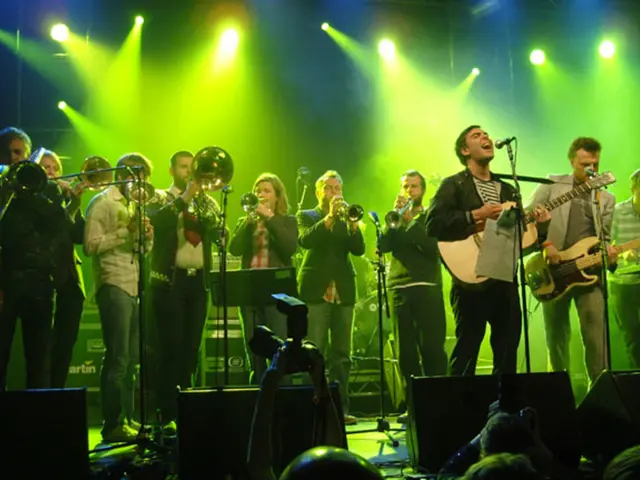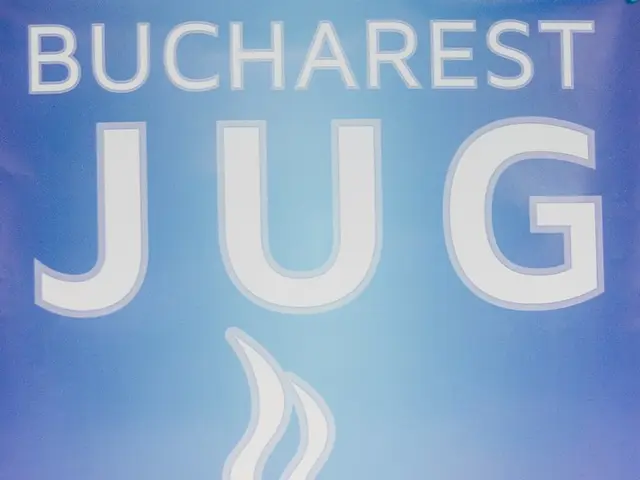Henry Purcell's Baroque Opera Gem: "Dido and Aeneas"
Henry Purcell's opera, "Dido and Aeneas," stands as a remarkable achievement in Baroque music and a pioneering example of English operatic composition. Composed around 1689, this tragically poetic work continues to captivate audiences for its depth, sophistication, and historical significance.
In late 17th-century England, the cultural landscape was undergoing significant shifts following the Restoration of the monarchy under Charles II in 1660. Inspired by continental art forms, Charles II emphasized the importance of English music and theatre, fostering an environment that nurtured emerging composers like Henry Purcell.
At the time, opera was still evolving in England. While Italy had embraced opera as the preeminent art form, English audiences were more accustomed to the masque – a fusion of drama, music, and dance. "Dido and Aeneas" serves as a bridge between these two artistic traditions, blending masque elements with structural influences from Italian operas, thereby creating an authentically English work.
The opera tells the timeless tale of Dido, the Queen of Carthage, and her ill-fated love affair with the Trojan prince, Aeneas. The script, adapted from Virgil's "Aeneid" by Nahum Tate, condenses the narrative into three acts, striking a balance between dramatic tension and emotional resonance.
Act I introduces Dido in her court, expressing her doubts about her relationship with Aeneas. Her confidante, Belinda, soothes her fears, and the court celebrates their union. In Act II, a Sorceress and her witches conspire to undermine Carthage and Dido's happiness. Aeneas receives instruction from a disguised spirit to depart for Rome, fulfilling his destiny. Act III showcases Dido's heartbreak as Aeneas prepares to leave, ultimately refusing to stay despite Aeneas' offer to do so. In her tragic farewell, Dido's poignant lament proclaims her unwavering faith in death.
Purcell's score is a testament to his mastery of instrumental economy and emotional expression. The French-style overture and vibrant dance movements, such as the Sailors' Chorus in Act III, infuse the work with energy and contrast. Purcell's seamless fusion of arioso and recitative creates a fluid narrative that resonates with listeners. The choruses serve multiple purposes, including commenting on the action and heightening the dramatic stakes, while Dido's Lament, "When I am laid in earth," remains the emotional centerpiece of the opera.
"Dido and Aeneas" stands out for its exploration of universal themes, including love, duty, betrayal, and fate. Aeneas' departure, driven by divine forces, highlights the tension between individual free will and destiny. The work's malevolent supernatural forces embody chaos and destruction, underscoring the fragile nature of human happiness. Dido, a complex character, exemplifies both royal dignity and profound vulnerability, making her narrative tragic yet relatable.
The opera's debut likely took place at Josias Priest's girls' school in Chelsea, offering a unique, intimate setting for such a powerful work. After its initial performances, "Dido and Aeneas" fell into obscurity until the early 20th century, when it was rediscovered as one of Purcell's crowning achievements. Today, it is a staple of the operatic repertoire, beloved for its emotive power and enduring appeal.
Throughout the centuries, "Dido and Aeneas" has been reinterpreted and adapted by directors and performers, from historic productions with period instruments to contemporary staging that illuminates its internal psychological complexities. Modern performances often highlight Dido's resilience and agency, offering a fresh perspective on this timeless narrative.
Henry Purcell's musical legacy endures, with "Dido and Aeneas" serving as a shining example of his innovative Style. By blending French, Italian, and English influences, the opera embodies Purcell's knack for uniting disparate elements into a cohesive whole. His approach to ground bass, word painting, and dramatic contrast set a precedent for future composers, such as Benjamin Britten, inspiring generations of musicians.
In conclusion, "Dido and Aeneas" transcends the label of mere opera, delivering a powerful testament to the transformative power of music and storytelling. Through its exploration of universal themes and emotional craftsmanship, it invites its audience to reflect on the lasting legacy of Henry Purcell and the eternal appeal of his art.
In the cultural shift of late 17th-century England, Henry Purcell's "Dido and Aeneas" bridged the gap between English masques and Italian operas, offering a unique blend of entertainment (music and drama) that was authentically English. This tragic opera, inspired by Virgil's "Aeneid," is adorned with captivating music, such as Dido's Lament, a poignant example of Purcell's mastery in emotional expression, making it not only a remarkable achievement in Baroque music but also a beloved piece of book-inspired entertainment.








